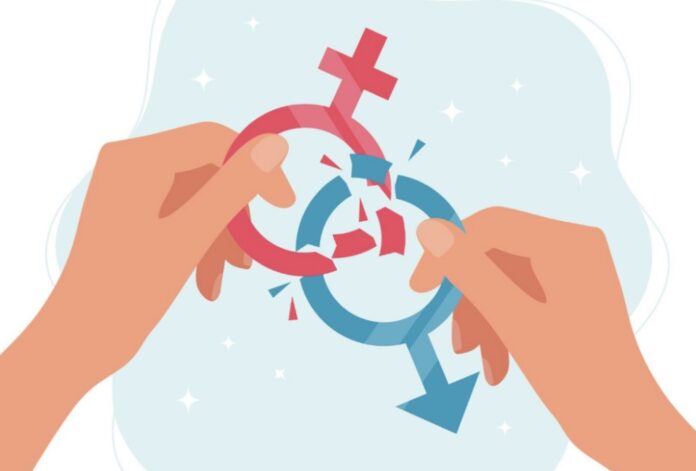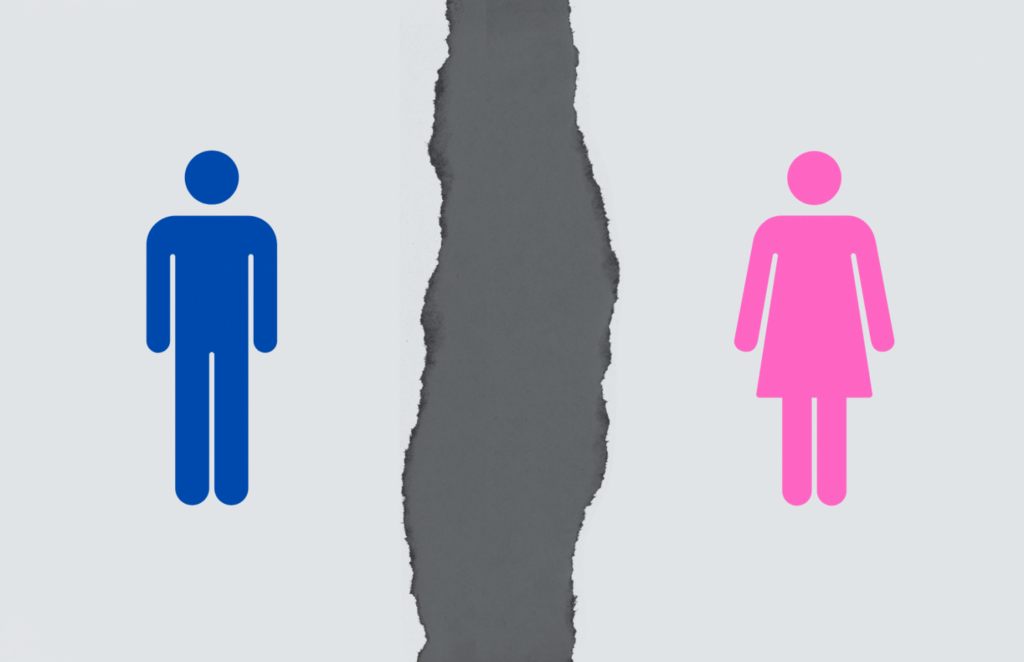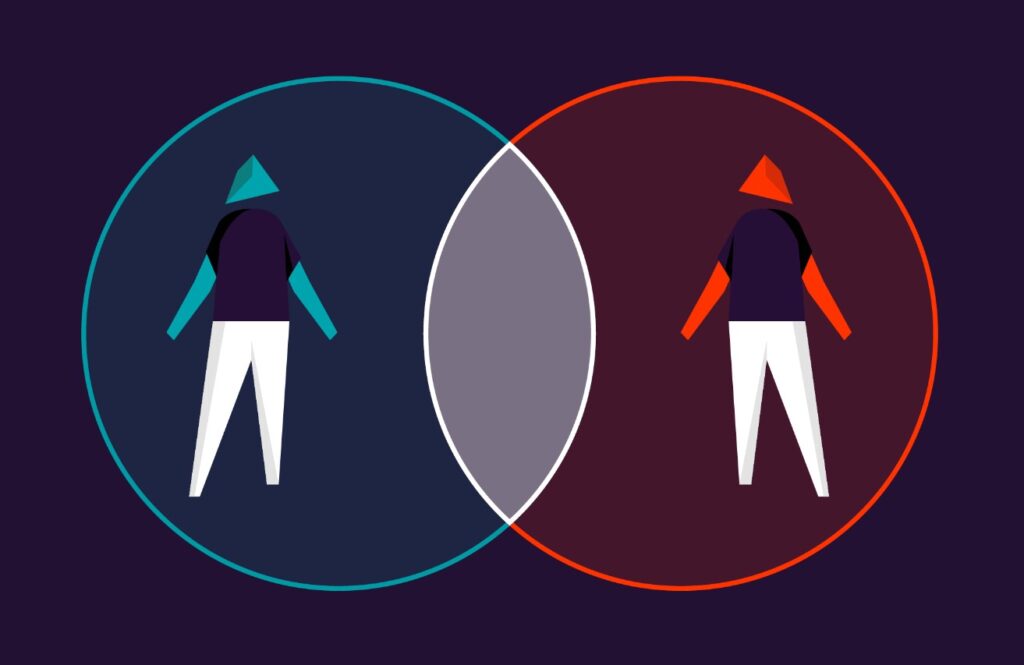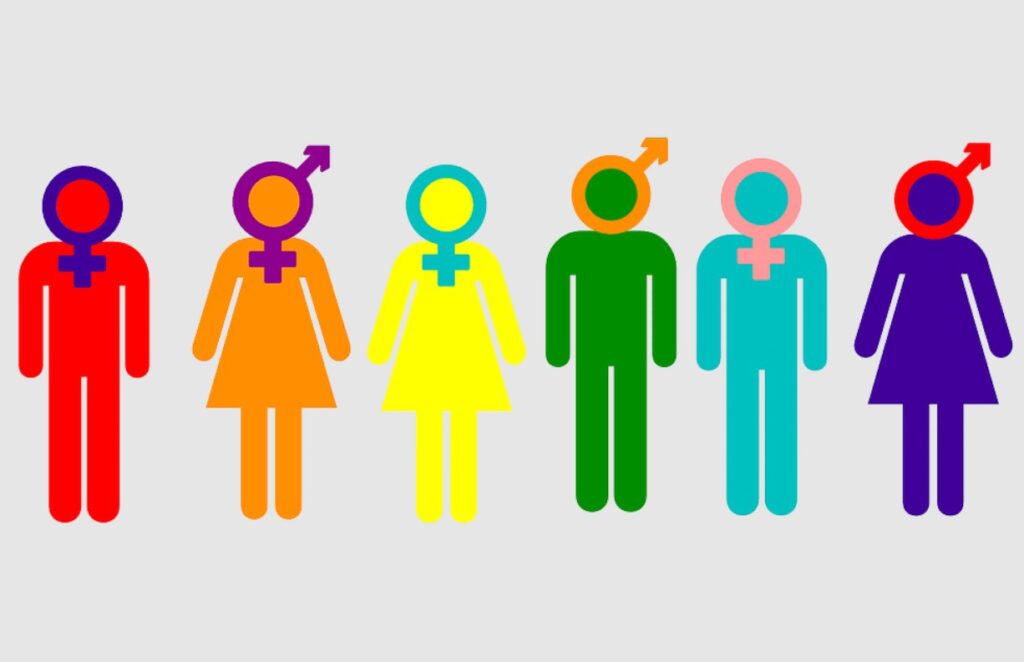
Diversity refers to the variety of differences among people in a community. This includes differences in race, age, culture, and, notably, gender. Contemporary concepts have evolved, challenging traditional views and enriching our understanding of identity.
Understanding this diversity is crucial in today’s world as it fosters inclusivity and respect. This blog post aims to shed light on these contemporary sex concepts, offering insights into a topic that is increasingly relevant in our diverse society.
Traditional Gender Binary

Traditionally, gender has been viewed as a binary: male and female. This binary system categorizes individuals based on physical attributes at birth.
However, this approach has limitations. It overlooks the complex nature of sex identity and expression.
In recent years, this binary concept has been challenged. People are recognizing that identity is not strictly tied to physical characteristics and that it encompasses a broader spectrum.
This shift reflects a growing understanding of sex as a social and psychological construct rather than a mere biological fact.
Gender Spectrum
Moving beyond the binary, the gender spectrum introduces a more inclusive concept. It acknowledges a range of sex identities beyond just male and female. This spectrum includes non-binary, genderqueer, and genderfluid identities, among others.
These terms represent different experiences of orientation that do not fit into the traditional binary. The sex spectrum emphasizes the fluidity and individuality of sex, recognizing that each person’s experience of sex is unique and may change over time.
Intersectionality and Gender
Intersectionality is a framework for understanding how various aspects of a person’s identity intersect. In terms of sexual diversity, it’s important to recognize how sex identity intersects with other identities like race, sexuality, and socioeconomic status.
Individuals at the intersection of multiple identities often face unique challenges. For example, a black transgender woman may experience discrimination differently than a white cisgender woman.
Understanding these intersections is key to comprehensively addressing issues related to sex diversity.

Contemporary Gender Terminology
Contemporary gender terminology is evolving to reflect a more nuanced understanding of sex. Terms like cisgender, transgender, genderfae, and agender are becoming more common.
Cisgender refers to individuals whose identity aligns with their sex assigned at birth. Transgender describes those whose sex identity differs from their assigned sex. Agender individuals do not identify with any orientation.
Genderfae refers to a gender identity that changes over time but does not encompass traditionally masculine genders.
Someone who identifies as Genderfae may experience a range of gender identities that could include being female, non-binary, genderqueer, and other non-masculine genders.
Understanding and using these terms correctly is important for respectful communication and helps shape our understanding of identity as a complex and varied aspect of human identity.
Promoting Inclusivity and Understanding

Creating inclusive spaces for all gender identities is vital. This includes using correct terminology, respecting people’s pronouns, and avoiding assumptions about someone’s gender based on their appearance.
Education and awareness are key in breaking down stereotypes and biases.
By promoting understanding and respect for identity diversity, we can foster a more accepting and supportive society. Everyone has a role to play in this, from individuals to institutions, in ensuring that people of all sexes’ identities feel valued and included.
By moving beyond the traditional gender binary to embrace a spectrum of identities, and by recognizing the intersections of orientation with other aspects of identity, we can foster a more inclusive and respectful world.








